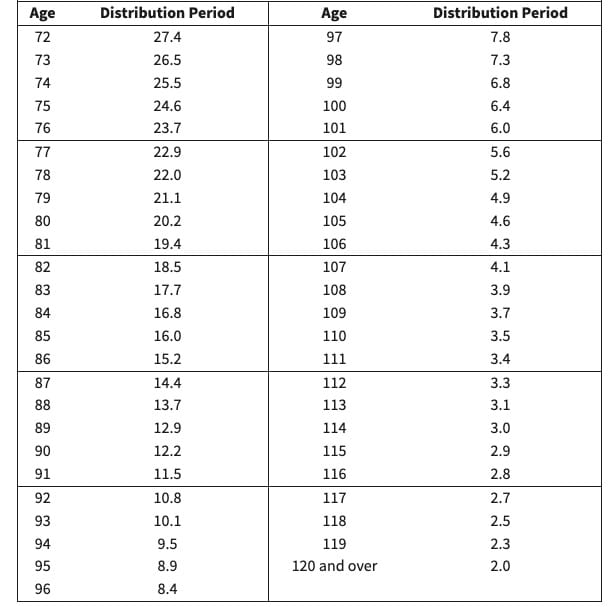The Retirement Trapdoor: How RMDs Can Surprise You

For many of us in the USA, one of the sources of income during retirement will be the 401k or equivalent retirement account. The 401k contributions are tax deferred, and you pay taxes in retirement while withdrawing. You can start penalty free withdrawals from your 401k from 59 1/2 years. But you have full control on this account only for 13 1/2 years. At age 73, the required minimum distributions (RMDs) kick in which forces you to withdraw certain minimum amount from these accounts.
Let's get a bit deeper on the of RMDs.
- Why RMD?
- What are penalties for not meeting the RMDs?
- How is RMD calculated?
Why RMD?
While contributing to 401k type of accounts, you are not paying taxes on the contributions. There is one thing uncle Sam guarantees :-) one-time taxes on your money. Imagine you have $1.5M in your 401k account and you started withdrawing from age 59 1/2. By age 73, you did withdraw 500k. You are nearing the average life expectancy of a person living in the USA. IRS wants to get their taxes during your lifetime. So, they will start enforcing minimum required distributions so that you consume as much money as possible during your lifetime and give the tax portion to IRS.
What are the penalties for not meeting the RMDs?
Penalties for not meeting minimum required distributions are brutal. They are 25%. It used to be 50% !! and IRS reduced it to 25% as part of Secure Act 2.0 law passed in December 2022.
So, if you are required to withdraw 30k as RMD in a year and you did only 10k, then, IRS penalty is going to be 25% of the deficit i.e., 5k (25% of 20k).
How is RMD calculated?
IRS has 3 tables to cover all scenarios when it comes to RMD distributions.
- Uniform Lifetime Table : Used for all unmarried IRA owners, married owners whose spouses aren’t more than 10 years younger, and married owners whose spouses aren’t the sole beneficiaries of their IRAs.
- Table I - Single Life Expectancy : Used for beneficiaries who are not the spouse of the IRA owner.
- Table II - Joint Life and Last Survivor Expectancy : Used for owners whose spouses are more than 10 years younger and are the IRA’s sole beneficiaries.
Most of the population fall into the first category and need to use the "Uniform Lifetime Table". Let's see this table first and then understand how RMD is calculated.
Uniform Lifetime Table

The table starts with age 72 because if your birth year is 1950 or earlier, the RMD age is 72. Now, let's see how this table is used to calculate the RMD.
Take your retirement account balance as of last year December 31st and divide that balance with the "Distribution Period" number you see against your age in the table above.
Say, I am 73 this year and my retirement account balance as of December 31st, 2024, is 1M. My RMD for year 2024 is 1M Divide by 26.5 i.e., $37,735. This is the minimum withdrawal I need to do from my retirement account for year 2025. I can withdraw more but not less. Any deficit is subject to 25% penalty.
So, managing taxes efficiently in retirement need some planning. You need to control/build your retirement accounts according to that plan in your 40's and 50's.
That's a wrap this week. Happy learning and wish you all a tax efficient retirement.



